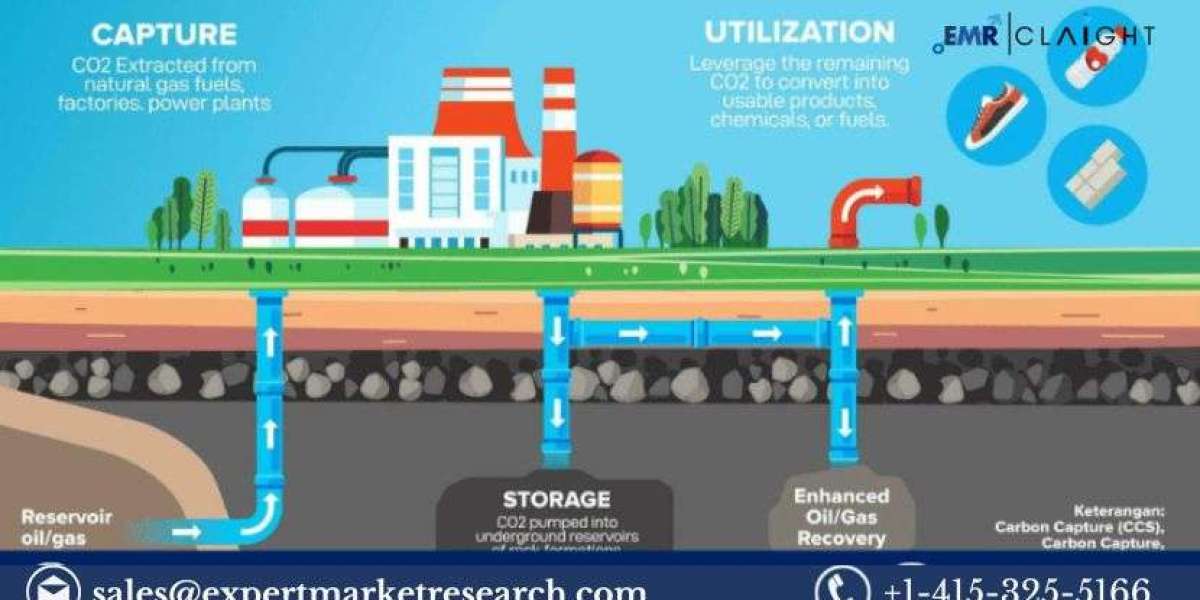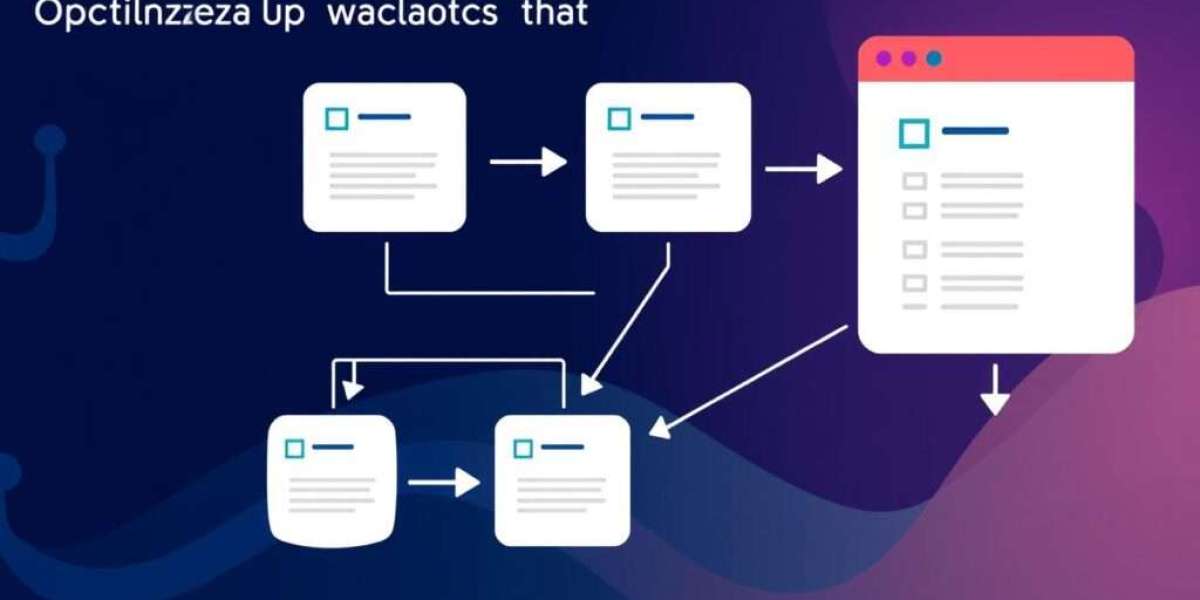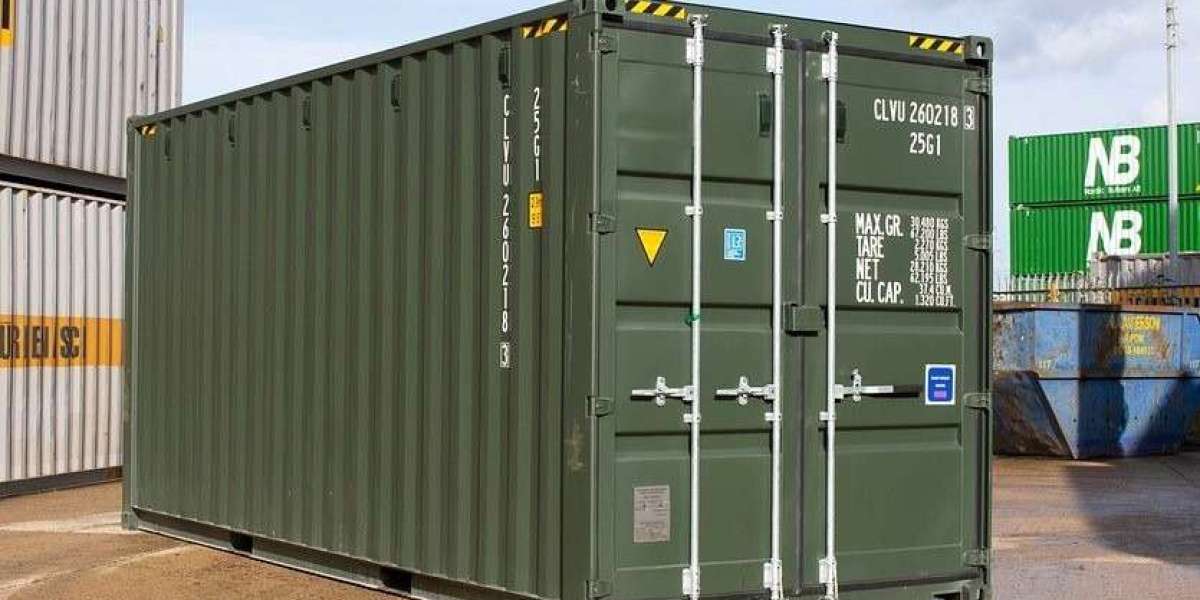Carbon Capture, Utilization, and Storage Market Outlook
The global carbon capture, utilization, and storage market size is gaining momentum as a pivotal solution to combat climate change and reduce greenhouse gas emissions. According to recent forecasts, the global carbon capture, utilization, and storage market size reached approximately USD 3.53 billion in 2024. The market is assessed to grow at a CAGR of 14.2% between 2025 and 2034 to attain a value of around USD 11.65 billion by 2034.
Get a Free Sample Report with Table of Contents: https://www.expertmarketresearch.com/reports/carbon-capture-utilization-and-storage-market/requestsample
CCUS refers to a suite of technologies that capture carbon dioxide (CO₂) emissions from industrial processes and power generation, either for utilization in various applications or for long-term storage in geological formations. This technology enables industries to reduce their carbon footprint while maintaining operational efficiency. The adoption of CCUS is being propelled by a combination of regulatory frameworks, financial incentives, and advancements in technology, positioning it as a critical enabler of the transition to a low-carbon economy.
The rising global emphasis on sustainability and the urgency to meet climate targets set under the Paris Agreement have been instrumental in driving the CCUS market. Governments worldwide are introducing policies and funding programs to accelerate the deployment of carbon capture projects. Meanwhile, corporations are increasingly adopting CCUS technologies as part of their environmental, social, and governance (ESG) strategies, further catalyzing market growth.
Carbon Capture, Utilization, and Storage Market Share
The global CCUS market has witnessed steady growth in recent years, with its expansion underpinned by substantial investments from both public and private sectors. By 2024, the market was valued at a significant level, reflecting the growing adoption of CCUS across various industries. Projections indicate robust growth between 2025 and 2034, with a compound annual growth rate fueled by technological advancements, supportive government policies, and an increasing focus on reducing carbon emissions.
North America has emerged as a leading region in the CCUS market, supported by strong governmental backing, significant investments in research and development, and the presence of established infrastructure for CO₂ storage. The United States, in particular, is at the forefront of CCUS deployment, with numerous large-scale projects and favorable tax incentives such as the 45Q tax credit driving adoption.
Europe is another major contributor to the CCUS market, driven by stringent environmental regulations and ambitious climate goals set by the European Union (EU). Countries such as Norway, the United Kingdom, and the Netherlands are leading in the implementation of CCUS projects, with a focus on offshore CO₂ storage.
The Asia-Pacific region is poised for significant growth, fueled by rapid industrialization, increasing energy demand, and growing awareness of the need for sustainable practices. Countries like China, Australia, and Japan are actively investing in CCUS technologies, with support from government policies and international collaborations. Emerging markets in Latin America, the Middle East, and Africa are also expected to witness growth as these regions begin to explore CCUS as a viable solution to address their environmental challenges.
Drivers of Growth
The increasing urgency to mitigate climate change and reduce global CO₂ emissions is the primary driver of the CCUS market. With industrial and energy-related emissions accounting for a significant portion of global greenhouse gases, CCUS technologies offer a practical solution to decarbonize these sectors. As global warming intensifies, the pressure on governments and industries to adopt carbon reduction strategies has accelerated the deployment of CCUS projects.
Technological advancements have played a crucial role in reducing the costs and improving the efficiency of CCUS systems. Innovations in capture technologies, such as chemical absorption, membrane separation, and cryogenic processes, have enhanced the feasibility of CCUS across a range of applications. Additionally, advancements in storage techniques, including the identification of secure geological formations, have bolstered confidence in the long-term viability of CO₂ storage.
Regulatory frameworks and financial incentives have been instrumental in fostering the growth of the CCUS market. Governments worldwide are introducing policies, such as carbon pricing, emissions trading schemes, and tax credits, to incentivize the adoption of CCUS technologies. Public-private partnerships and international collaborations are further driving investment in large-scale CCUS projects, providing a stable foundation for market growth.
The growing demand for low-carbon products and sustainable practices is also contributing to the expansion of the CCUS market. Industries are increasingly adopting CCUS as a means to achieve carbon neutrality and enhance their sustainability credentials. The utilization of captured CO₂ in value-added products, such as synthetic fuels, building materials, and chemicals, has created new revenue streams, making CCUS an economically attractive option for businesses.
Carbon Capture, Utilization, and Storage Market Trends
Several key trends are shaping the global CCUS market, reflecting the evolving dynamics of the industry. One of the most prominent trends is the integration of CCUS with renewable energy systems. The combination of carbon capture with renewable hydrogen production, for instance, is gaining traction as a pathway to produce low-carbon fuels and chemicals. This synergy not only enhances the sustainability of energy systems but also supports the broader transition to a circular carbon economy.
The emergence of hub-and-cluster models for CCUS deployment is another significant trend. These models involve the development of shared infrastructure, such as pipelines and storage facilities, to serve multiple emitters within a region. This approach reduces costs and facilitates the scaling up of CCUS projects, making them more accessible to a wider range of industries.
Digitalization and artificial intelligence (AI) are also playing an increasingly important role in the CCUS market. Advanced monitoring and simulation tools are being used to optimize CO₂ capture and storage processes, enhance operational efficiency, and ensure the safety and integrity of storage sites. These technologies are enabling real-time data analysis and predictive maintenance, further improving the reliability and scalability of CCUS systems.
The rise of direct air capture (DAC) technologies is another noteworthy development. Unlike traditional CCUS systems that capture emissions at the source, DAC technologies extract CO₂ directly from the atmosphere. While still in the early stages of commercialization, DAC has the potential to complement existing CCUS solutions and contribute to negative emissions, making it a critical tool in the fight against climate change.
Carbon Capture, Utilization, and Storage Market Segmentation
The market can be divided based on service, technology, end use, and region.
Breakup by Service
- Capture
- Transportation
- Utilization
- Storage
Breakup by Technology
- Pre-combustion
- Oxy-combustion
- Post-combustion
Breakup by End Use
- Oil and Gas
- Power Generation
- Iron and Steel
- Chemical and Petrochemical
- Cement
- Others
Market Breakup by Region
- North America
- Europe
- Asia Pacific
- Latin America
- Middle East and Africa
Challenges and Opportunities
Despite its promising growth prospects, the CCUS market faces several challenges that need to be addressed to unlock its full potential. High costs remain a significant barrier to widespread adoption, particularly for smaller industries and developing economies. While technological advancements have reduced costs in recent years, further innovations and economies of scale are needed to make CCUS economically viable on a global scale.
The availability of suitable storage sites is another challenge. While geological formations such as saline aquifers and depleted oil and gas reservoirs offer potential storage options, their identification and characterization require extensive research and investment. Ensuring the safety and long-term integrity of these storage sites is critical to gaining public trust and regulatory approval.
Policy and regulatory uncertainties can also hinder the growth of the CCUS market. While many governments have introduced supportive policies, inconsistencies and gaps in regulatory frameworks can create uncertainty for investors and project developers. Clear and consistent regulations are essential to provide a stable environment for the deployment of CCUS technologies.
However, these challenges also present significant opportunities for innovation and collaboration. The development of cost-effective capture technologies, such as modular and scalable solutions, can help overcome financial barriers and expand the adoption of CCUS. International partnerships and knowledge-sharing initiatives can accelerate the identification of suitable storage sites and the deployment of large-scale projects.
The utilization of captured CO₂ in value-added applications offers another avenue for growth. The production of sustainable fuels, chemicals, and materials using captured CO₂ not only provides economic benefits but also reduces reliance on fossil resources. This creates a win-win scenario, supporting both environmental and economic goals.
Competitive Landscape
- Mitsubishi Heavy Industries, Ltd.
- Shell International Limited
- Exxon Mobil Corporation
- Honeywell International Inc.
- Linde plc
- Aker Solutions ASA
- JGC Holdings Corporation
- Schlumberger Limited
- Equinor ASA
- Dakota Gasification Company
- Others
Read More Report:
Hair Care Market: https://www.expertmarketresearch.com/reports/hair-care-market
Asia Pacific Toys Market: https://www.expertmarketresearch.com/reports/asia-pacific-toys-market
Indian Cold Chain Market: https://www.expertmarketresearch.com/reports/indian-cold-chain-market
Media Contact
Company Name: Claight Corporation
Contact Person: Olivia Green, Corporate Sales Specialist – U.S.A.
Email: sales@expertmarketresearch.com
Toll Free Number: +1-415-325-5166 | +44-702-402-5790
Address: 30 North Gould Street, Sheridan, WY 82801, USA
Website: https://www.expertmarketresearch.com
Aus Site: https://www.expertmarketresearch.com.au








